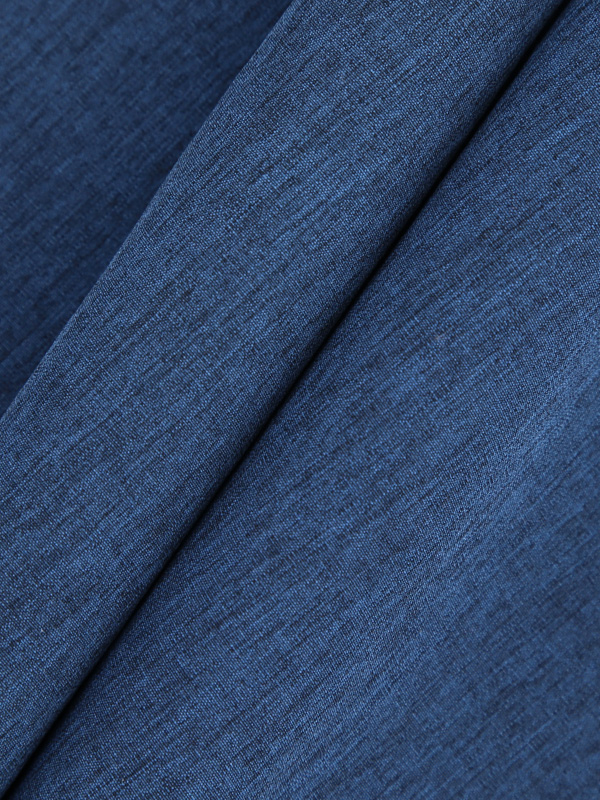How to improve the antifouling performance of interwoven fabrics?
Some interwoven fabrics are easily stained with dirt, and it is more difficult to remove them after being stained. How do you end this problem? First of all, we have to analyze the composition of the dirt accumulated in the interwoven fabric, which generally includes oily dirt, such as grease, etc.; water-based dirt: coffee, juice, blood, etc.; solid dirt, dust and other solid particles.
Then let's analyze the main reasons for the contamination of interwoven fabrics. On the one hand, it is caused by direct contact, some are caused by transfer staining, electrostatic adsorption, and some are caused by anti-staining during washing. In order to solve these problems, it can be done in three main ways. One is to carry out anti-greasy finishing, even if it has the performance of not easy to stain. The second is easy decontamination finishing, that is, it is easy to wash off after being stained with dirt; the third is antistatic finishing, mainly to reduce static electricity and prevent dust adsorption.

So, what are the main contents of anti-oil finishing? In fact, the main principle is to make the interwoven fabric finished with oil-repellent additives to adjust the surface properties of its internal fibers, thereby reducing the critical surface tension of the fabric surface and achieving the purpose of oil stain prevention.
The easy stain removal finishing mainly refers to improving the anti-fouling performance of the interwoven fabric, while also making the dirt stained on the fabric easy to fall off, and improving the re-staining phenomenon during the washing process. Under normal circumstances, the ease of removal after the fabric is stained with oils mainly depends on the hydrophilic properties of the fabric fibers.
The reason why the antistatic finishing of the interwoven fabric is necessary is to make the hydrophobic base point to the fiber and the hydrophilic base point to the air after this finishing. A hydrophilic film is formed on the surface of the fiber, which improves the moisture absorption of the fiber and reduces The accumulation of static electricity, so as to achieve the effect of antistatic.


 English
English Chinese
Chinese



